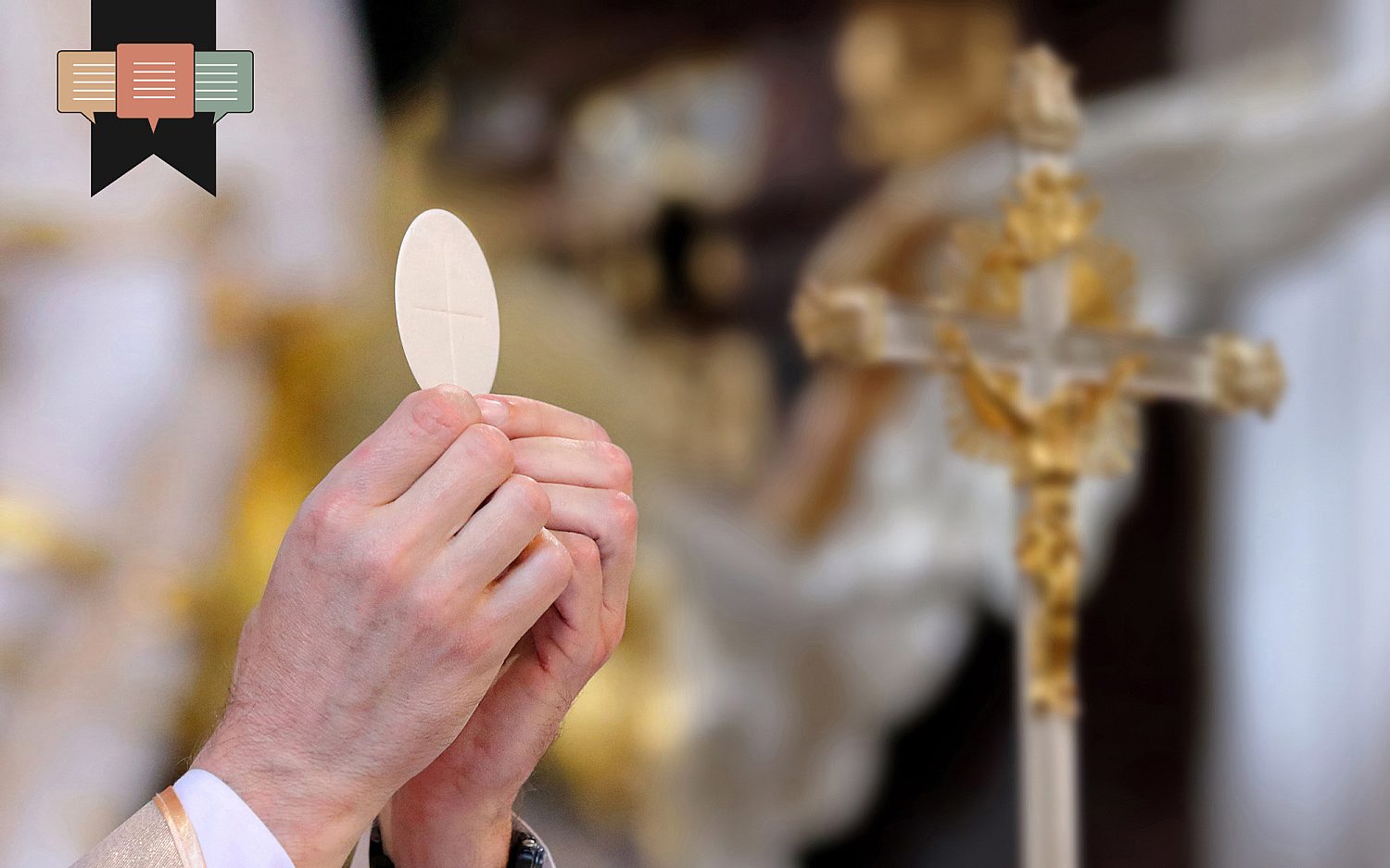Canada is turning into a death cult
It seems the nation’s assisted suicide regime just can’t kill people fast enough
Dmytro Skrypnykov / iStock via Getty Images Plus

Full access isn’t far.
We can’t release more of our sound journalism without a subscription, but we can make it easy for you to come aboard.
Get started for as low as $3.99 per month.
Current WORLD subscribers can log in to access content. Just go to "SIGN IN" at the top right.
LET'S GOAlready a member? Sign in.
Canada legalized euthanasia in 2016, joining a number of other nations, like Belgium and the Netherlands, that had already embraced legalized assisted suicide. When the action was taken, government officials assured citizens that safeguards and limitations were in place. Those eligible for assisted death had to be adults of sound mind who were approaching imminent death. Canada’s government leaders said that the “slippery slope” that was already evident in nations like Belgium, where the restrictions on euthanasia had virtually fallen apart, would not apply to Canada. As a recent report concludes: “In a sense, this was correct: It took Belgium more than 20 years to reach an assisted-death rate of 3 percent. Canada needed only five.”
Right across America’s northern border, a national death cult is taking shape. There are physicians who have “serviced” hundreds of deaths by euthanasia, increasingly defined as “provisions.” As predicted, the scope and scale of assisted suicides in Canada have been radically expanded. The requirement of a terminal medical diagnosis fell in favor of serious medical conditions that were not terminal. The expanded law will allow for persons suffering from mental distress. Already, there are reports of patients who had signed up for euthanasia but at the end resisted actions to bring about their death. The euthanasia proceeded anyway. Now, there are open deliberations about allowing children and teenagers to choose death. Parliament seems for it. After all, it’s now a government-sanctioned way to escape life.
As Elaina Plott Calabro reports in the Atlantic, doctors in Canada are “struggling to keep up with demand.” When the Culture of Death starts gaining ground, it gains ground fast. Very fast.
Calabro’s lengthy essay is astounding. She doesn’t hold her punches and she reveals just how Canada’s rapid descent into the embrace of death has progressed. Actions that a mere decade ago were classified as felony murder are now national policy. What Canada calls “Medical Assistance in Dying” now accounts for something like one out of every twenty deaths in the nation. As Calabro notes, that’s more deaths than from Alzheimer’s and diabetes put together.
The crucial issue is an absolutely deadly assertion of human autonomy—specifically personal autonomy. As Calabro notes, an astounding assertion of personal autonomy stands at the very center of the Canadian policy. The entire enterprise is based in the claim that individuals have an inherent right of personal autonomy that includes the right to demand medically delivered death on demand. If such a “right” does exist, and personal autonomy is the key, personal choice is all that remains. How can the government say no to anyone? It doesn’t appear to want to say no to anyone. After all, euthanasia is far cheaper than medical care. And know this for certain: Canada’s government knows how to do the math.
Personal autonomy applies in some situations, but not when it comes to demanding assisted death. If you concede a supposed right to demand death as a government service, how can you say no to anyone, for any reason? If personal autonomy implies an absolute right to die, you can’t say no to anyone, for you have no right to judge their reasons. That is where the situation in Canada now stands, and the government seems intent on expanding the operation. Calabro understands the totalizing logic of the government’s position: “If autonomy in death is sacrosanct, is there anyone who shouldn’t be helped to die?”
Once euthanasia becomes a choice, it soon becomes an obvious choice. Calabro tells of one man who responded to a cancer diagnosis by telling his wife, “I’m not going to have cancer. I’ll kill myself.” His wife responded: “You know, dear, you don’t have to do that. The government will do it for you, and they’ll do it for free.” Calabro rightly observes that, with financial incentives in mind, it’s hard to see the choice for assisted death as “a triumphant act of autonomy.”
At this point there is no honesty in claiming we don’t know where this goes. The documented fact about assisted suicide or euthanasia is that it is presented as one thing, bad enough, but quickly turns into something else. So-called “passive euthanasia” becomes active killing. Supposedly “voluntary” euthanasia soon becomes involuntary. It starts with a restriction to those with a confirmed terminal diagnosis and imminent death, but within a flash you are talking about mental distress and children. If personal autonomy becomes your god, that idol will kill you. It will also kill children.
Etienne Montero, a professor of law and former president of the European Institute of Bioethics, put the matter plainly. Calabro cited his argument in testimony that once euthanasia is legalized, it becomes “impossible to control.” That is now absolutely clear. It was absolutely clear in 2016, but Canada’s parliament charged on anyway. Now the Culture of Death is expanding there, step by step, with unprecedented speed. Canada is transforming itself into a death cult, and it’s doing so right before our eyes.
These daily articles have become part of my steady diet. —Barbara
Sign up to receive the WORLD Opinions email newsletter each weekday for sound commentary from trusted voices.Read the Latest from WORLD Opinions
R. Albert Mohler Jr. | Response to release of security video shows deep division between liberals and conservatives
Barton J. Gingerich | The deeply rooted problem with a convert to Roman Catholicism administering the Lord’s Supper in a PCA church
Nathan Leamer | We should view artificial intelligence as a potential opportunity for the Church
Joe Rigney | Slayings in Charlotte, Minneapolis, and Nashville reveal a deep spiritual abyss in America






Please wait while we load the latest comments...
Comments
Please register, subscribe, or log in to comment on this article.